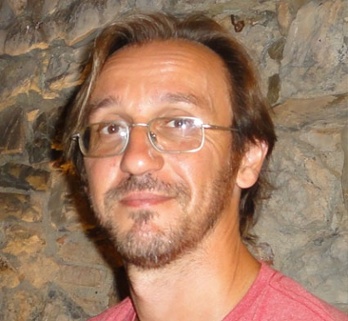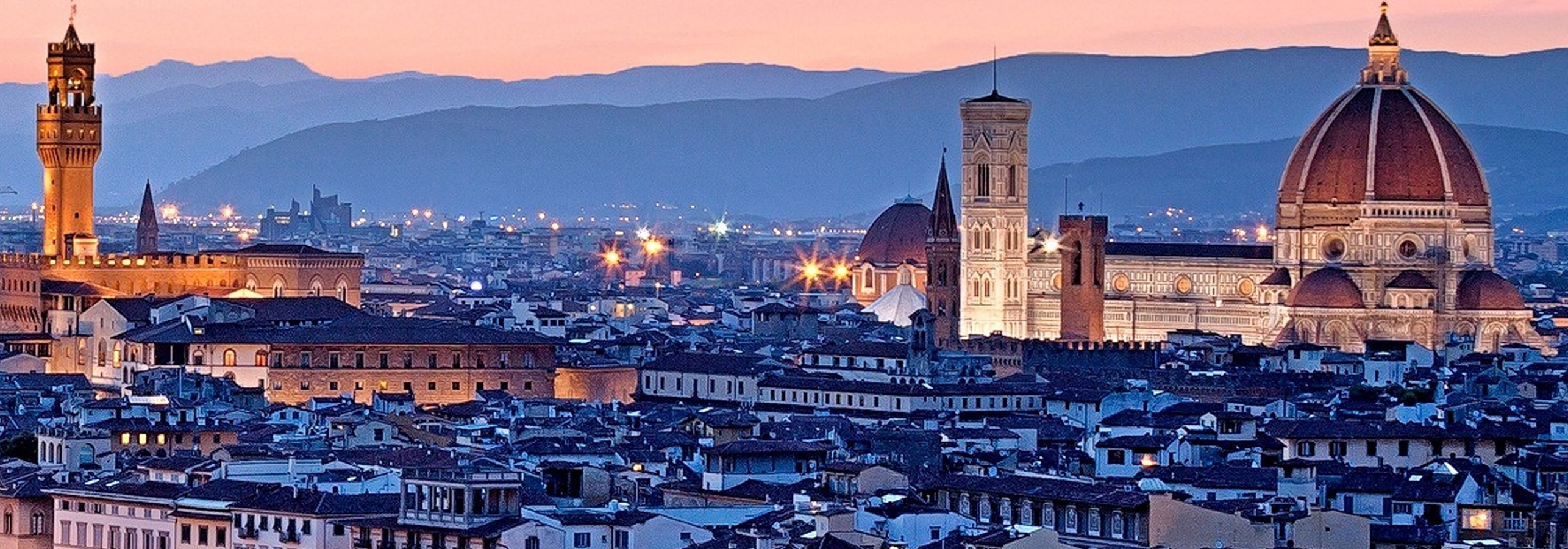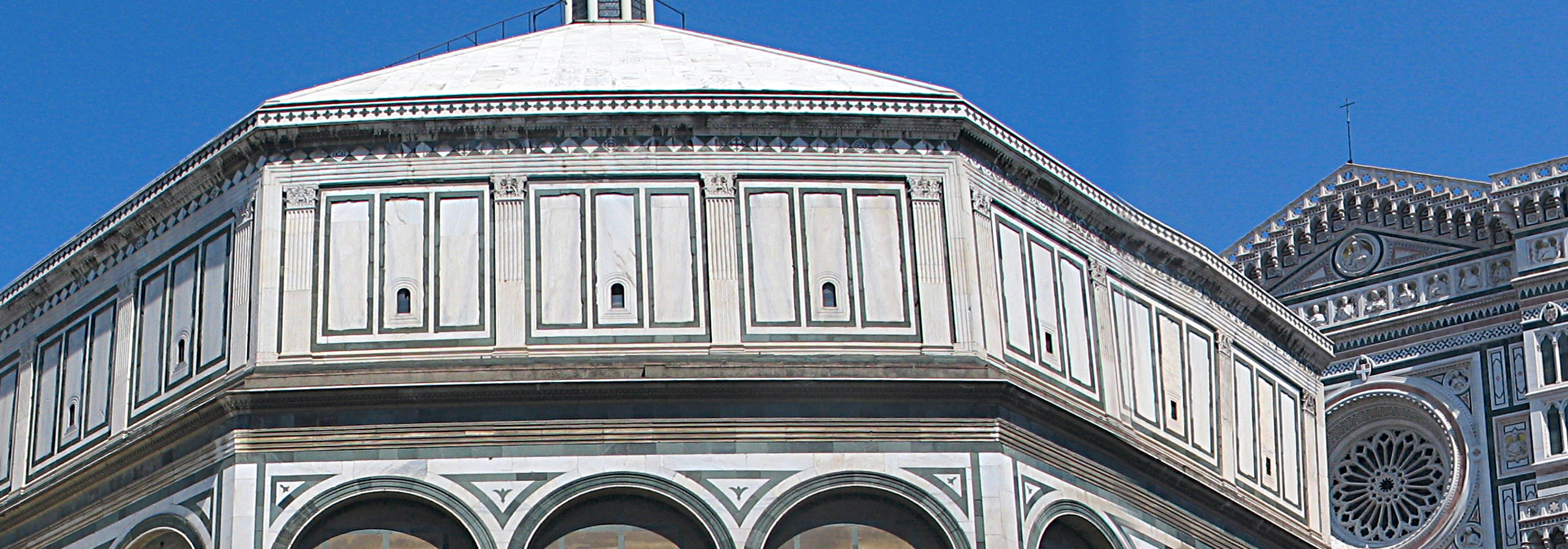 Laureato alla facoltà di Ingegneria Elettronica, presso l’Università di Pisa, con una tesi sulla Realtà Virtuale applicata ai Beni Culturali, ho ottenuto il PhD al Centro di Realidad Virtual dell’Universitat Politecnica de Catalunya, a Barcelona. Ho lavorato come ricercatore presso la Scuola Superiore S. Anna, a Pisa, la University College London di Londra, la Universitat Politecnica de Catalunya di Barcellona ed al Dipartimento di Advanced Robotics dell’Istituto Italiano di Tecnologia a Genova. Ho lavorato presso il gruppo Dreams3D, del laboratorio SMART alla Scuola Normale Superiore di Pisa, facendo ricerca sui sistemi virtuali immersivi applicati alla chimica ed alla biologia sino ai Beni Culturali. Attualmente sono Direttore Scientifico dell'accademia di Belle Arti a Pisa, Alma Artis Academy.
Laureato alla facoltà di Ingegneria Elettronica, presso l’Università di Pisa, con una tesi sulla Realtà Virtuale applicata ai Beni Culturali, ho ottenuto il PhD al Centro di Realidad Virtual dell’Universitat Politecnica de Catalunya, a Barcelona. Ho lavorato come ricercatore presso la Scuola Superiore S. Anna, a Pisa, la University College London di Londra, la Universitat Politecnica de Catalunya di Barcellona ed al Dipartimento di Advanced Robotics dell’Istituto Italiano di Tecnologia a Genova. Ho lavorato presso il gruppo Dreams3D, del laboratorio SMART alla Scuola Normale Superiore di Pisa, facendo ricerca sui sistemi virtuali immersivi applicati alla chimica ed alla biologia sino ai Beni Culturali. Attualmente sono Direttore Scientifico dell'accademia di Belle Arti a Pisa, Alma Artis Academy.
Haptic Illusion as Intangible Add-on
To create a Virtual Reality system in which the user reacts as if he/she were in the real world is the dream for the researchers in the field. To design a graphical interface simple, effective and able to naturally provide to the user emotions and stimuli is the objective for many developers. Many aspects have been studied and implemented, such as 3D vision and audio, and many are under continuous improvement, including haptic feedback to provide a physical aspect to the virtual environment experience. Physical interaction with virtual objects or with the environment itself is a very important requirement. Users typically report this lack of interaction but instinctively they report perceptions, such as temperature, or just the presence of surfaces, even though the information is only visual. This is a process made by the brain, that tries to make the information it is receiving coherent with normal life expectations. Taking realistic reactions of the user as the main value in the assessment of the effectiveness of the systems, we can assume that haptic illusions can be used to provide a better perception of the environment itself








